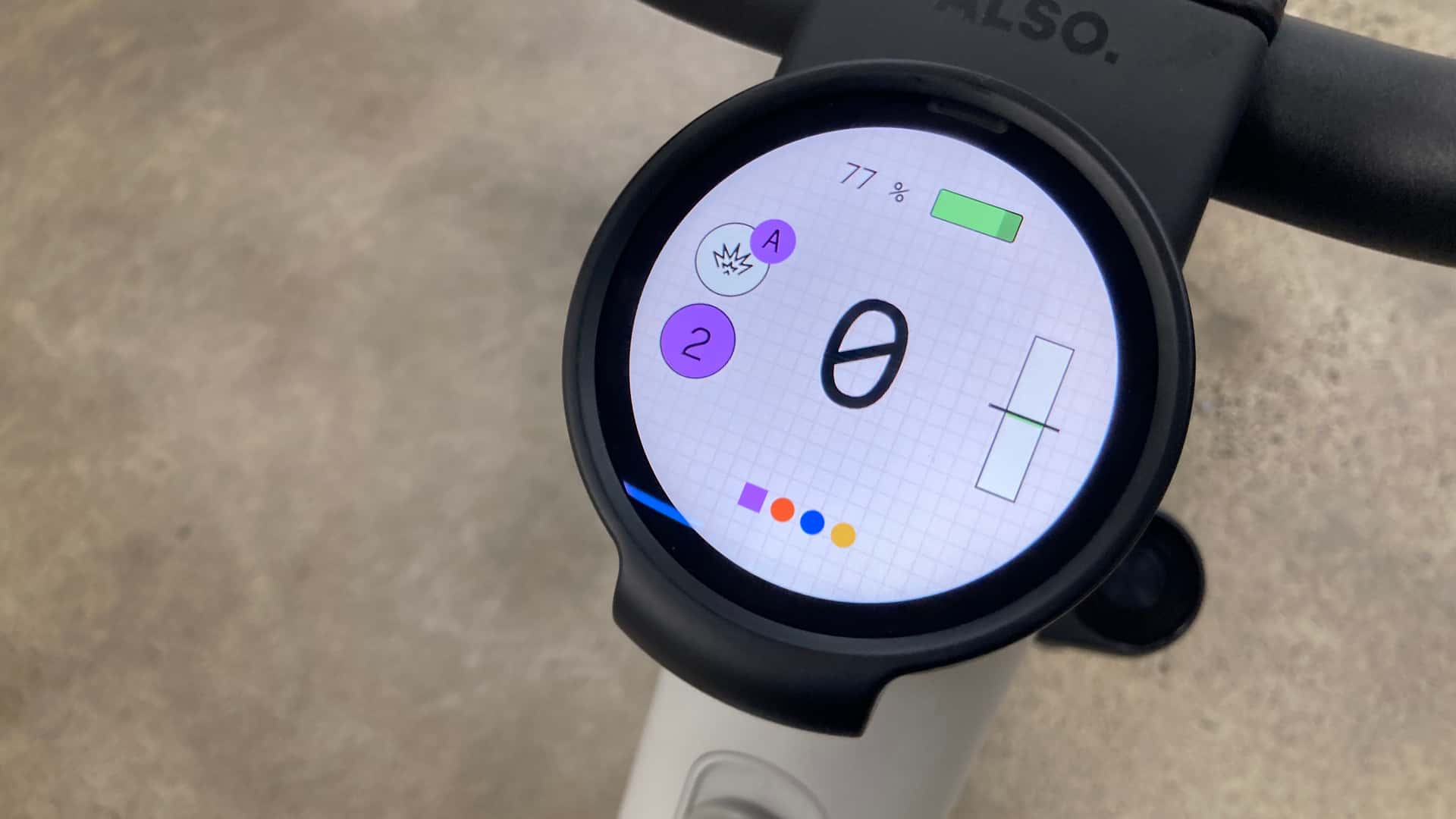Rivian's ALSO E-Bike: Genius Innovation or a 95-Pound Gamble?
A Surprising Launch in a Turbulent Time
In the same week that EV innovator Rivian announced layoffs impacting hundreds of employees, a new spin-off brand named ALSO emerged from its wings, launching a high-tech electric bike called the TM-B. The timing is, to put it mildly, fascinating. Is this a brilliant pivot into the booming micro-mobility market or a massive distraction for a company that needs to focus on its next big thing, the R2 SUV?
As the Rivian fanboy on the Elevate Motor Co. team, my interest was immediately piqued. I love Rivian's outdoor-focused ethos and can't wait for the R3X. But as someone who's not a huge e-bike enthusiast, the starting price of $4,000 made me pause. Let's dive into the tech, the trade-offs, and the big question: is this bike a game-changer or a gamble?
More Than Just an E-Bike: The 'Rivian-esque' Tech Inside
Right off the bat, the ALSO TM-B isn't your average e-bike. Its three main selling points are its software, its torque, and its modularity—all of which feel deeply inspired by its parent company, Rivian.

Smart Software and Seamless Integration
The user interface is pure Rivian: smooth, responsive, and feature-rich. It boasts turn-by-turn navigation and crucial security features like cellular connectivity and GPS tracking. If your bike is ever lost or stolen, you can find it. This peace of mind will come with a subscription fee (to be around $15/month), but for a $4,500 investment, it might be worth it. Best of all, because the software is developed in-house, the bike will receive over-the-air (OTA) updates, just like a Tesla or a Rivian, meaning it gets better over time.
A Modular and User-Friendly Battery
Also's approach to power is brilliant. The bike features hot-swappable batteries that use the very same cells found in Rivian's R1 vehicles. Here are the highlights:
- Two Sizes: A standard battery offers 50-60 miles of range, while the Performance model's “Plus” battery delivers up to 100 miles.
- Universal Charging: No proprietary bricks here! The battery charges via USB-C at up to 240 watts. You can use the same charger as your MacBook.
- A Mobile Power Bank: In a genius move, you can easily remove the battery and use it as a portable power bank to charge your phone, run a speaker, or power a light while camping.
This thoughtful design shows a deep understanding of how people actually live and adventure with their gear. It’s about creating an ecosystem, not just a product.
Power and Pitfalls: The Pedal-by-Wire Paradox
The ALSO TM-B claims best-in-class torque at a staggering 180 Newton-meters. That's an incredible amount of power that will make climbing steep hills with a full load of cargo feel effortless. It also features regenerative braking—a common feature in EVs but rare in e-bikes—which reclaims energy during deceleration and saves wear on your brake pads.
But the most revolutionary feature is also its most controversial. The pedals on this bike are not physically connected to the wheels. Instead, pedaling generates electricity that is sent to the battery. The software then intelligently delivers the right amount of power to the rear motor. This “pedal-by-wire” system allows for an incredibly smooth ride and variable assist levels.
Here’s the catch, and it's a big one: the bike weighs a staggering 85-95 pounds. Because the pedals aren't mechanically linked to the wheels, if that battery dies, you're not riding home. You're pushing a 95-pound machine. For anyone living in an apartment or needing to carry their bike up stairs, that weight is a major hurdle. For a rider who misjudges their range and runs out of juice 10 miles from home, it’s a potential disaster.
Resource Allocation or Expansion? A Question of Focus
This brings us back to the big picture. With the highly anticipated, mass-market Rivian R2 platform slated for 2026, the same launch window as this bike, it raises an important question about focus. In any venture, whether it's a business or our personal lives, resource allocation is key. It's about wisely managing the resources, talent, and capital we've been given to achieve a mission.
Is launching an entirely new product category under a new brand the most prudent use of Rivian's resources right now? While the innovation is exciting, the risk of splitting focus during such a critical period for the company is real. It's a tension between bold expansion and disciplined execution.
Food for Thought: "The plans of the diligent lead surely to abundance, but everyone who is hasty comes only to poverty." - Proverbs 21:5. A timeless reminder on the importance of focused, prayerful planning in all our endeavors.
Our Verdict: Would We Ride the ALSO TM-B?
The ALSO TM-B is a fascinating piece of engineering. It's packed with smart, forward-thinking features that could genuinely improve the micro-mobility experience. The USB-C charging, power bank functionality, and seamless software are a glimpse into the future.
Yet, it's held back by a physical weight and a strategic gamble that are hard to ignore. The dead-battery scenario is a serious flaw for a vehicle designed for freedom and exploration. While we hope this venture succeeds for both ALSO and Rivian, we'll be watching from the sidelines for now.
But what do you think? Is this the future of e-bikes, or a beautiful but flawed experiment? Let us know under the YouTube video.
For more real-world EV deep dives and discussions on faith and technology, make sure you subscribe to our YouTube channel!